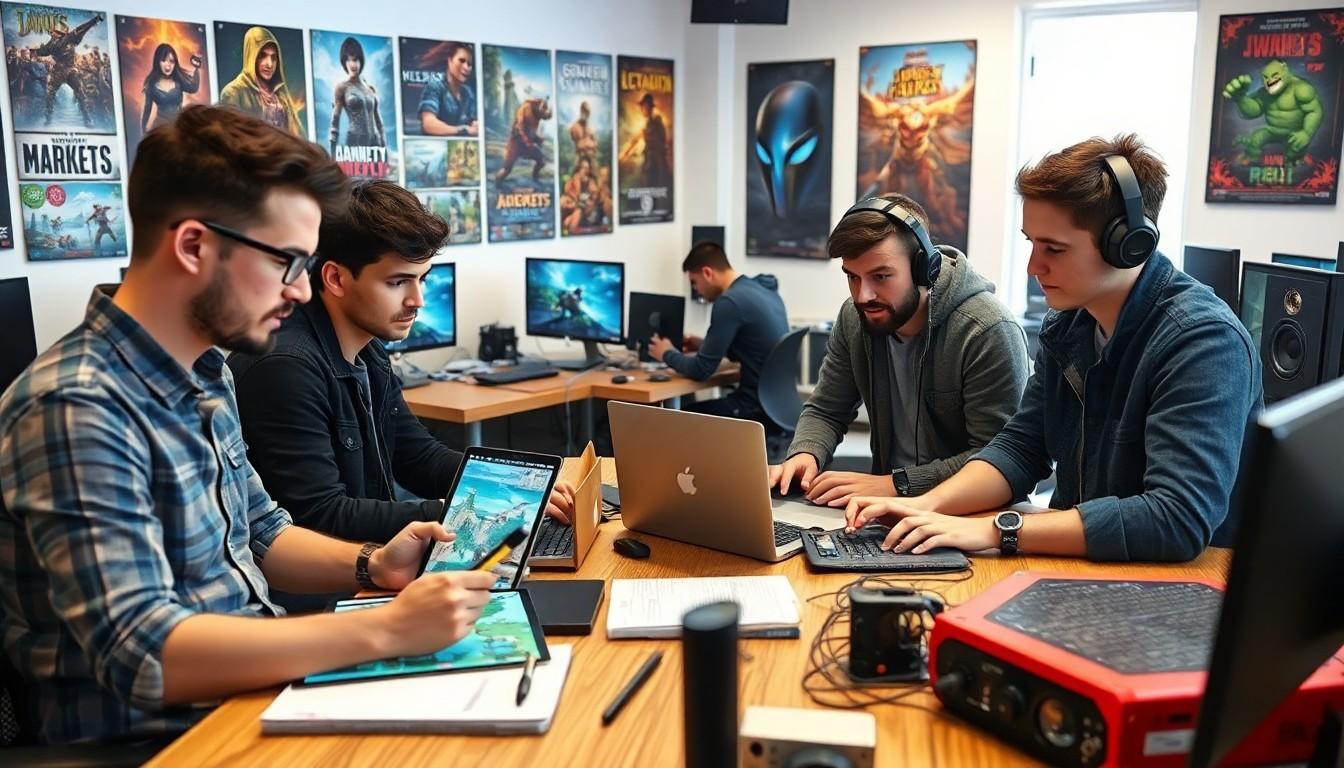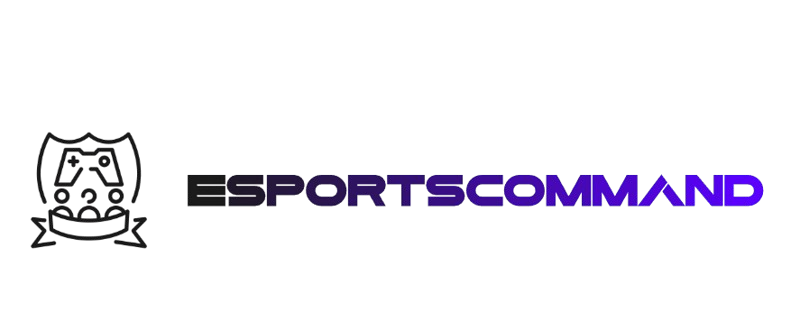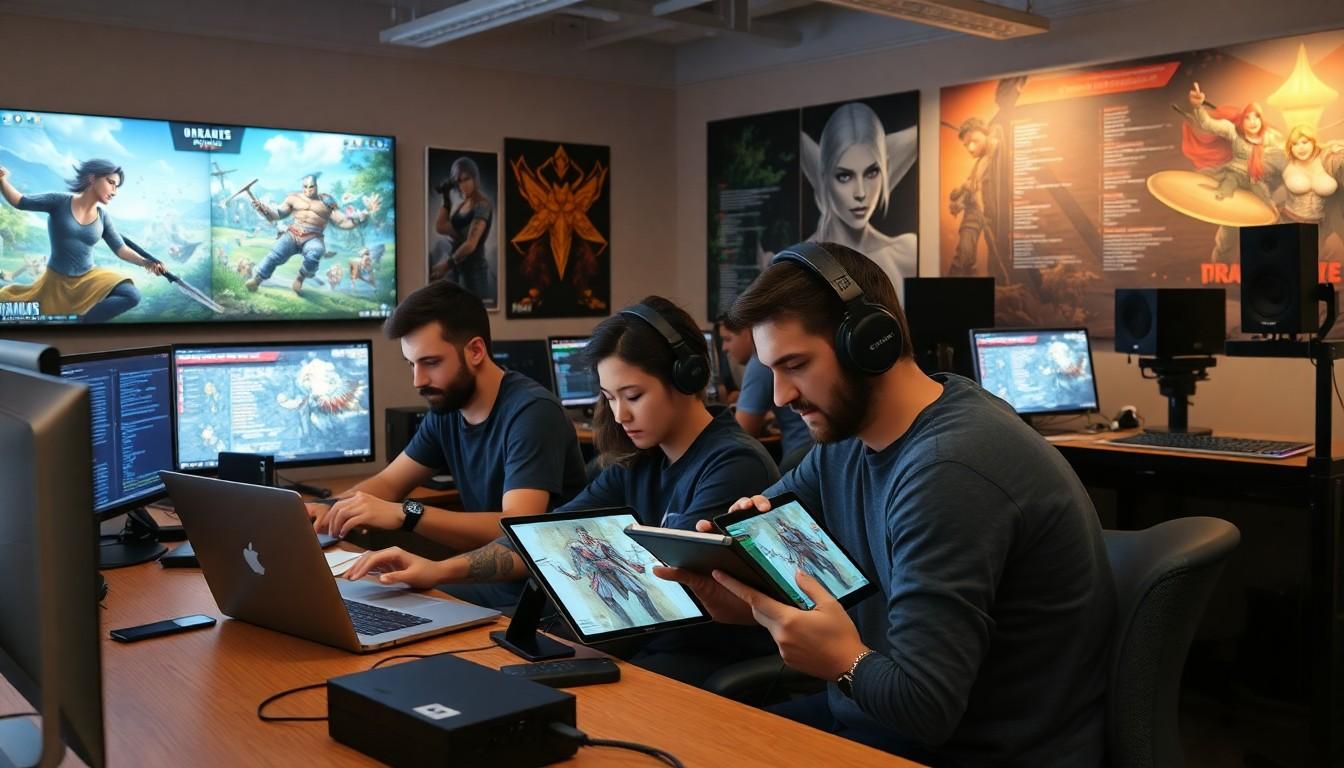Which of these is not a team member involved in game development?
In the world of game development, teams come together like a well-oiled machine, each member playing a vital role in crafting the next big hit. From programmers to artists, every player has their part to ensure the game runs smoothly and looks stunning. But what happens when someone shows up with a cape and a questionable ability to juggle? Spoiler alert: they might not belong on the team.
which of these is not a team member involved in game development?
Game development involves multiple specialists working together. Each member contributes unique skills that enhance the game’s overall quality.
Key Roles in Game Development
Programmers write the code that brings a game to life. Artists create visuals, including characters and environments. Designers develop gameplay mechanics and storylines. Sound engineers produce audio elements, enhancing immersion. Quality assurance testers ensure the game runs smoothly and is free from bugs. Together, these roles form a cohesive unit, vital for successful project completion.
Importance of Team Collaboration
Which of these is not a team member involved in game development? Collaboration leads to creativity and innovative problem-solving. Team members share diverse perspectives, which can inspire new ideas. Communication fosters a shared vision and aligns goals among players. Efficient workflow results from coordinating efforts, reducing redundancies. Trust allows teams to take risks and iterate on designs. A harmonious atmosphere boosts morale, driving productivity and passion for the project.
Common Team Members in Game Development

Game development relies on various specialized team members, each contributing unique skills that enhance the game’s overall quality and player experience. Which of these is not a team member involved in game development?
Game Designers
Game designers define gameplay mechanics and develop engaging storylines. Their role involves creating levels that challenge players while ensuring enjoyment. Collaboration with other team members is essential, as designers must communicate their vision effectively. They often use prototyping tools to test ideas quickly. In addition, game designers consider player feedback to refine experiences, ensuring the final product meets expectations.
Programmers
Programmers write the code that brings the game to life. They implement game mechanics and manage optimization for performance across platforms. Each programmer focuses on specific aspects, such as graphics, physics, or networking. Communication with designers ensures that the gameplay aligns with the intended vision. Continuous testing is part of their workflow, helping identify and fix bugs. Ultimately, programmers create a seamless experience for players.
Artists
Artists bring visual elements to the game through various styles, including 2D, 3D, and animation. Their work shapes the aesthetic, influencing player engagement and immersion. Collaboration with designers and programmers ensures visuals align with gameplay. Artists often develop concept art and character designs early in production. Their creativity and attention to detail create memorable environments and characters that resonate with players.
Sound Engineers
Sound engineers craft the audio landscape of the game, delivering music, sound effects, and voiceovers. They aim to enhance immersion by creating an auditory experience that complements visuals. Collaboration with designers allows for a cohesive atmosphere that supports the storyline. Technical skills in audio recording and editing are crucial for their role. By fine-tuning sound elements, engineers help evoke emotions, making the game more impactful.
Identifying Non-Team Members
In game development, differentiating between essential team members and non-team members is crucial. This distinction helps maintain productivity and focus within the team structure.
Roles Often Confused with Game Developers
Many people associate game development solely with programming. However, roles like marketing specialists or project managers, while important, don’t directly contribute to game creation. Some might think that graphic designers fit into this category, but they focus on visual aesthetics, not coding elements. Additionally, community managers engage with players and gather feedback, yet they aren’t part of the core development team. Writers who craft narratives may sometimes appear essential, yet they serve more as collaborators than direct developers. Understanding these distinctions clarifies the actual contributors to the game’s development process.
Characteristics of Non-Team Members
Which of these is not a team member involved in game development? Non-team members typically lack direct involvement in creating game mechanics. Often, these individuals may provide support or peripheral services but don’t partake in the core development process. Frequently, non-team members operate independently, focusing on tasks like public relations or market analysis. They don’t contribute to coding, design, or audio elements necessary for game completion. Commonly, non-team members may not possess a deep understanding of the game’s development workflow, further separating them from active team participants. Recognizing these characteristics aids in maintaining a streamlined development environment.
Identifying the core team
Identifying the right team members in game development is crucial for success. While various roles contribute to the overall process, not every individual fits within the core team. Recognizing those who play a supportive rather than a direct role in game creation helps maintain focus and efficiency. This understanding fosters a collaborative environment where essential contributors can thrive, ultimately leading to a high-quality gaming experience. By differentiating between team members and non-team members, developers can streamline their workflows and enhance productivity, ensuring that every effort aligns with the shared vision of the game.

